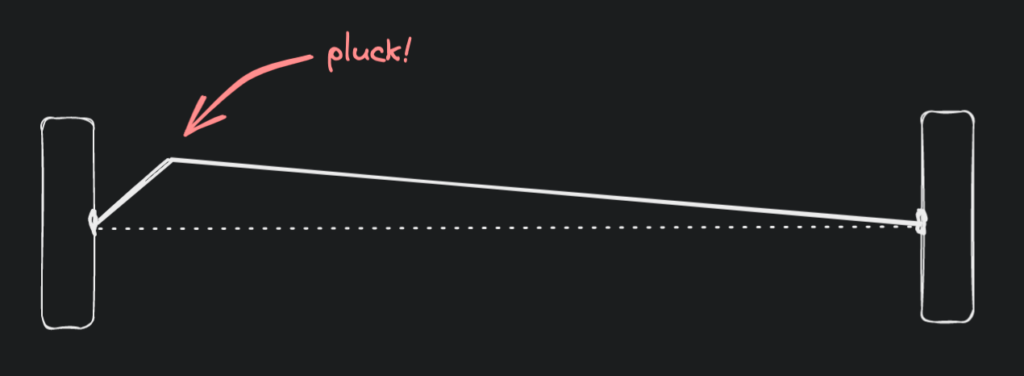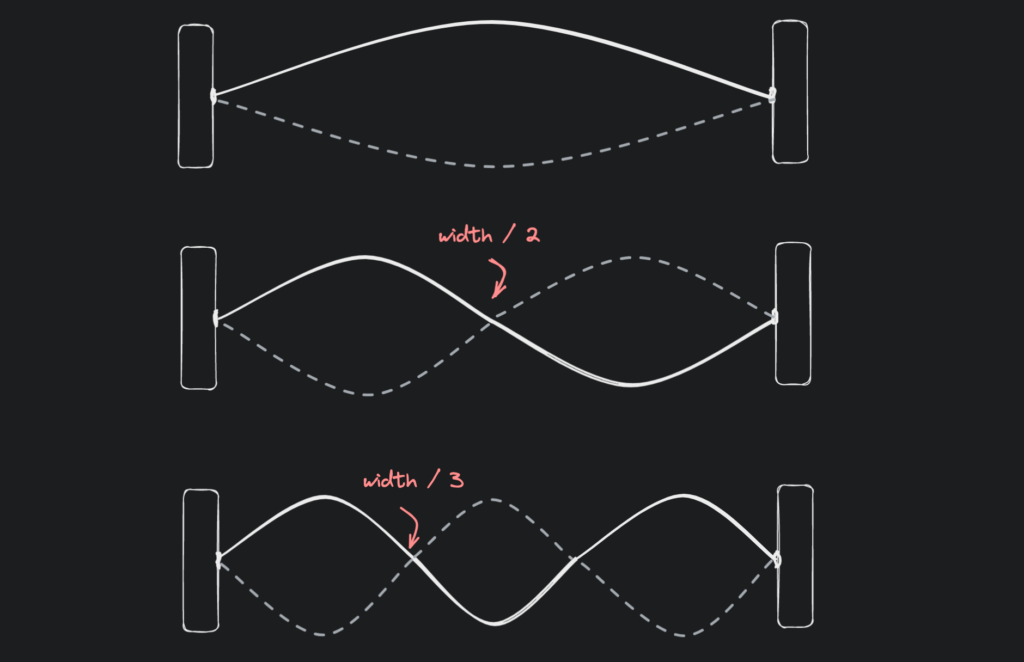A harmonic is a just tonal component of a sound.
That sound could be the human voice, an instrument, or even sounds in our natural environment.
You’ll see harmonics show up in physics and electronics, for example, in power signals, as electronic and digital signals can also be broken down into harmonics.
Physical objects can make tonal sounds
Many types of physical objects (strings, organ pipes, drum heads) vibrate at multiple frequencies when they are plucked or struck.
Let’s take a string. When you pluck a guitar string, you are pulling it to one side, displacing it from a resting state.

When you let go, the string string vibrates at a frequency according to its thickness and tension. So for example low A guitar string would vibrate at 110Hz — 110 times a second. We call this the fundamental of a musical tone. It’s also referred to as the first harmonic.

Complex Tones
But when we pluck the A string, we don’t just hear a single pure 110Hz fundamental sine wave. We hear a sound rich in other harmonics too.
That’s because our string vibrates in more patterns than one simple back and forth. It also vibrates at equal subdivisions of its length.

The tones they produce are what we call harmonics.
So our A string on the guitar produces a fundamental frequency of 110Hz but also harmonics at integer multiples (2x, 3x, 4x) of the fundamental frequency — so we hear tones at 220Hz, 330Hz, 440Hz.
A spectrogram is a visual representation of frequency over time. It’s the easiest way to see and analyze the harmonic content of a sound signal.

Leave a Reply